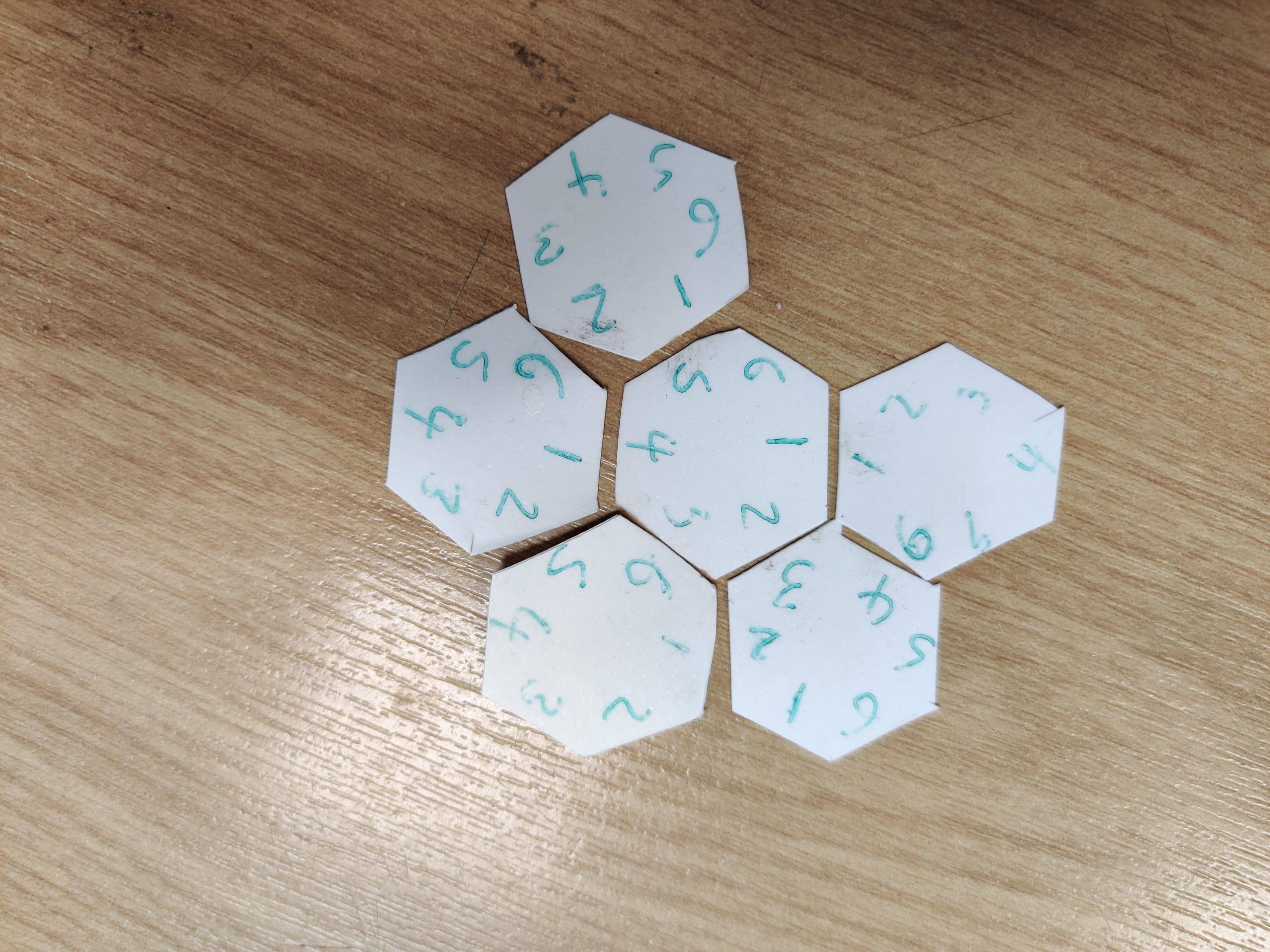I was wondering someone could help. I've developed a board game which is made up of six, large hexagonal board pieces, which can be arranged in any order, and with any rotation/arrangement of sides within that overall layout.
I was playing with a friend who made a laughable attempt to calculate how many possible layouts there could be, and got me thinking I literally have no idea where to start on the maths of it. Hence I'm here.
So for example the six could be laid out in a single row, or could be bunched together like in the picture... and then within that, each tile can be rotated.
The number must be astronomical, but how would I (or you!) figure it out?

Many thanks in advance and sorry to trouble you all.
